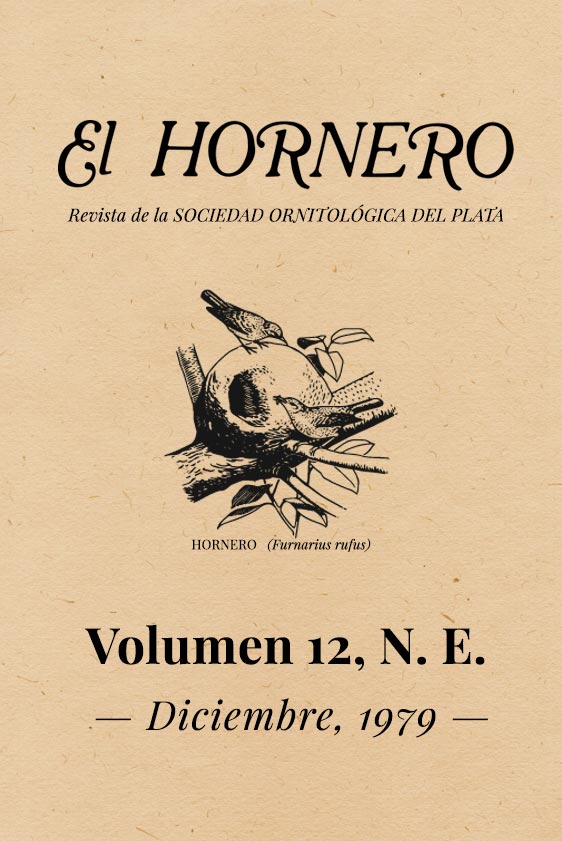Abstract
Populations of over 300 species of birds that breed in America, north of Mexico, spend a portion of their life cycle in the tropical zone. Studies in Veracruz, Mexico, and elsewhere in the tropics have shown that there is intense intraspecific competition, fidelity to wintering sites, and niche specificity in migrants using these tropical environments. These findings indicate that many migrant populations are as dependent for survival upon tropical communities as upon the temperate or boreal communities in which they breed. However, not only are these communities important to migrants; migrants are also important to the communities, affecting community ecology in a number of subtle but important ways, including: pollination, fruiting seasons and dispersal strategies in plants, invertebrate hatching periods, parasite life cycles, and breeding cycles among resident frugivores, insectivores, and carnivores. Migratory birds form a fragile link between ecosystems thousands of kilometers apart. Through these species, the effects of habitat misuse in one area can be felt throughout many widely separated parts of the hemisphere. The ecology of the migrant symbolizes the need for international cooperation in matters of conservation.
References
Buechner, H.K. & Buechner, J.H. (1970). The avifauna of northern Latin America. Smithsonian Contributions to Zoology, 26. Smithsonian Institution Press, Washington D.C.
Cupely, R.M. (1976). The impact of migrant warblers on resident passerines in a subtropical Colombian woodland. Living Bird, 15: 119–140.
DesGrange, J.L. (1980). The problem of how migrant hummingbirds fit into tropical communities. In: Migrant Birds in the American Tropics (A. Keast & E.S. Morton, eds.), Smithsonian Institution Press, Washington D.C.
Dickerman, R.W., Scherer, W.F., & Moorhouse, A.S. (1972). Ecologic studies of Venezuelan encephalitis virus in southeastern México. VI. Infection of wild birds. American Journal of Tropical Medicine and Hygiene, 21: 66–78.
Ely, C.A., Platas, J.L., & Hoefener, R.R.W. (1977). Additional returns and recoveries of North American birds banded in southern Mexico. Bird-Banding, 48: 275–276.

This work is licensed under a Creative Commons Attribution-NonCommercial 4.0 International License.





